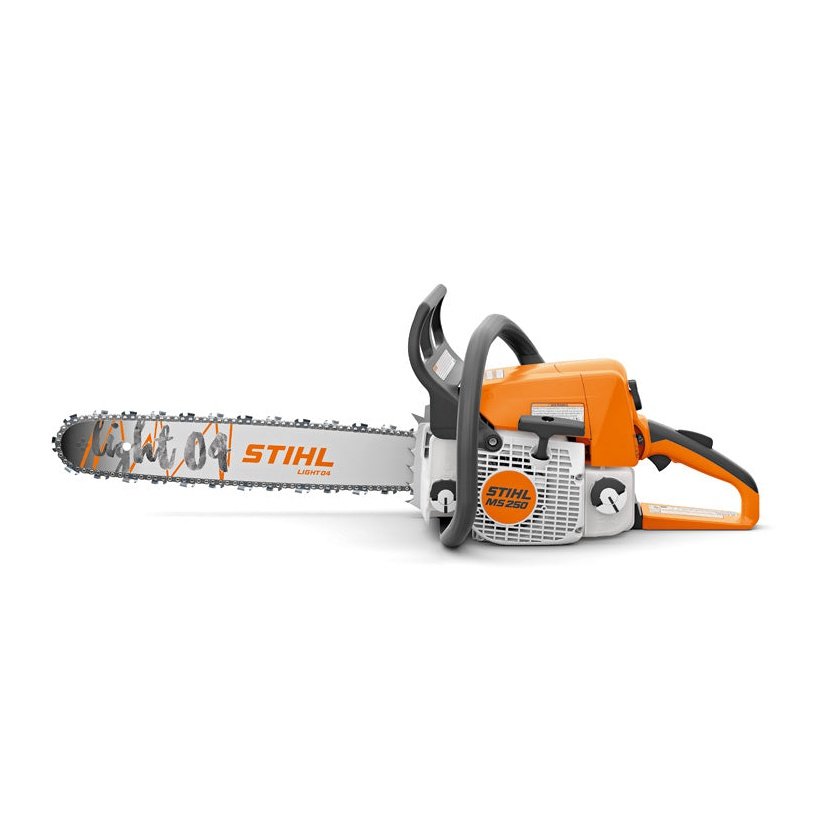Beyond the Basics: Choosing the Right Lubricant for Your Saw Blade
2 min read
Proper lubrication is paramount for maintaining the efficiency and longevity of a saw blade. The market offers a variety of lubricants, but selecting the right one can be a critical decision. In this comprehensive guide, we will explore the options and considerations when answering the question: What can I use to lubricate a saw blade?
1. Chainsaw Bar and Chain Oil: The Standard Choice
Chainsaw bar and chain oil is the go-to lubricant for most saw blades. Specifically designed for the high-speed and high-temperature environment of cutting, this oil adheres well to the chain and bar, providing the necessary lubrication and cooling. It's a standard choice for chainsaws and circular saws.
2. Multi-Viscosity Motor Oil: A Viable Alternative
In situations where bar and chain oil is not readily available, multi-viscosity motor oil can be used as an alternative. While it may not offer the same level of tackiness as specialized chainsaw oil, it still provides lubrication and can serve as a temporary solution in a pinch.
3. Vegetable-Based Oils: Eco-Friendly Options
For environmentally conscious users, vegetable-based oils present a greener alternative. These oils, often biodegradable, provide decent lubrication and are suitable for those looking to minimize their ecological footprint. However, their effectiveness may vary, and they may require more frequent application.
4. Beeswax and Soy-Based Lubricants: Natural Choices
Beeswax and soy-based lubricants are gaining popularity for their natural properties. These alternatives offer lubrication while minimizing the environmental impact. They are particularly suitable for hand saws and smaller cutting tools.
5. Dry Lubricants: Dust and Gunk Prevention
Dry lubricants, such as graphite or molybdenum disulfide-based sprays, provide an alternative to traditional oils. They create a dry film on the blade, reducing the attraction of dust and debris. While effective in certain scenarios, they may not offer the same level of protection in heavy-duty cutting.
6. Factors Influencing Lubricant Choice:
Choosing the right lubricant involves considering factors such as the type of saw, the cutting environment, and personal preferences. High-speed, heavy-duty cutting may demand a more viscous oil, while lighter tasks may allow for the use of eco-friendly alternatives.
7. Application Techniques:
Proper application is crucial for effective lubrication. Ensure even coverage along the length of the blade, paying attention to the chain's underside and the bar's groove. Regularly inspect the oil reservoir and refill as needed to prevent dry cutting.
8. Periodic Maintenance:
Regardless of the lubricant chosen, regular maintenance is essential. Keep the oil reservoir clean, check for any leaks, and inspect the chain and bar for signs of wear. Consistent maintenance prolongs the life of both the lubricant and the saw blade.
Conclusion:
Selecting the right lubricant for your saw blade involves understanding the options available, considering the specific requirements of your cutting tasks, and weighing factors like environmental impact. Whether opting for traditional chainsaw oil, exploring alternative natural options, or experimenting with dry lubricants, making an informed choice ensures that your saw blade operates at peak performance, delivering efficient and precise cuts throughout its lifespan.


